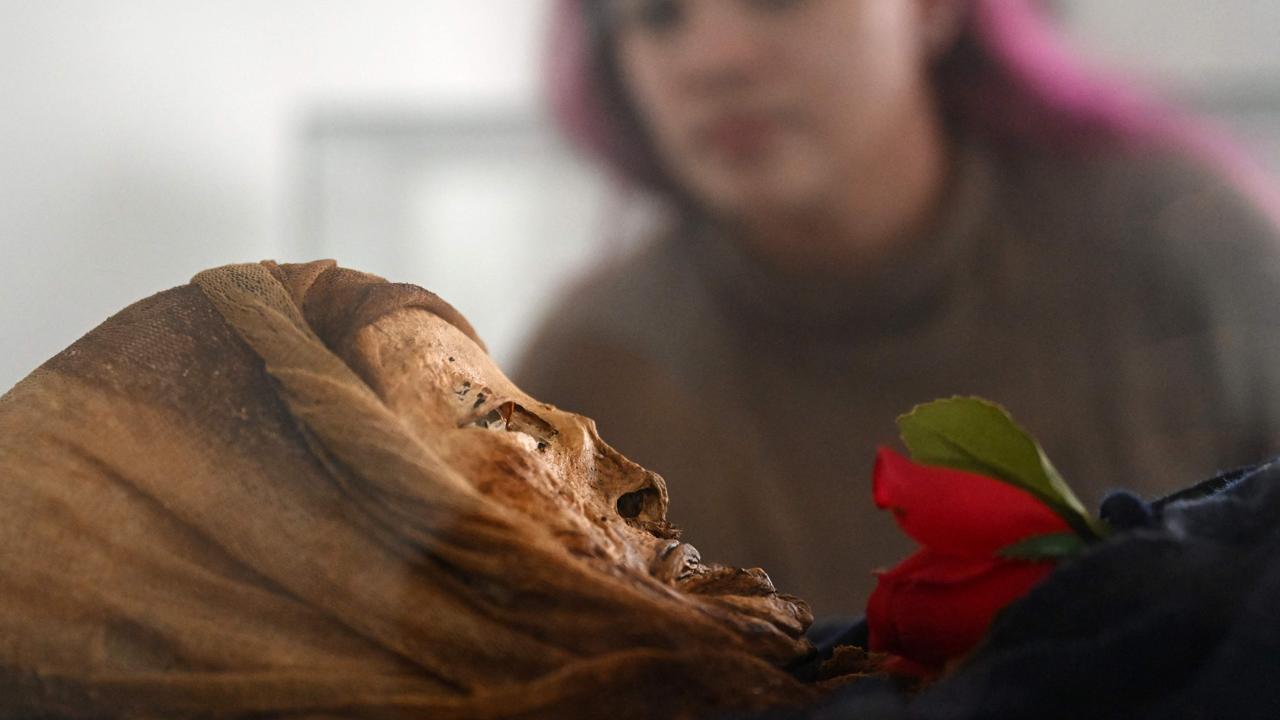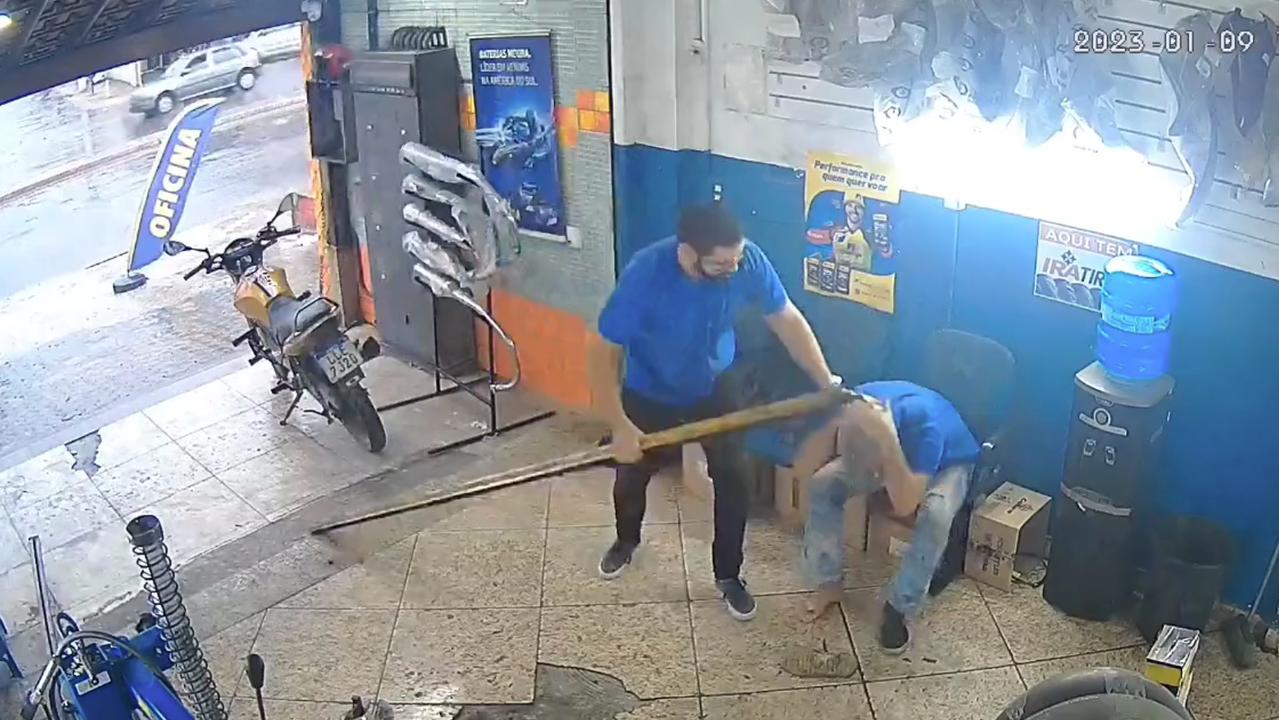Sinister secrets Kuelap, Machu Picchu’s sister city
THIS ancient city, hidden high in the Andes mountains, was designed to be a death trap. Even today human bones prove its bloody history.
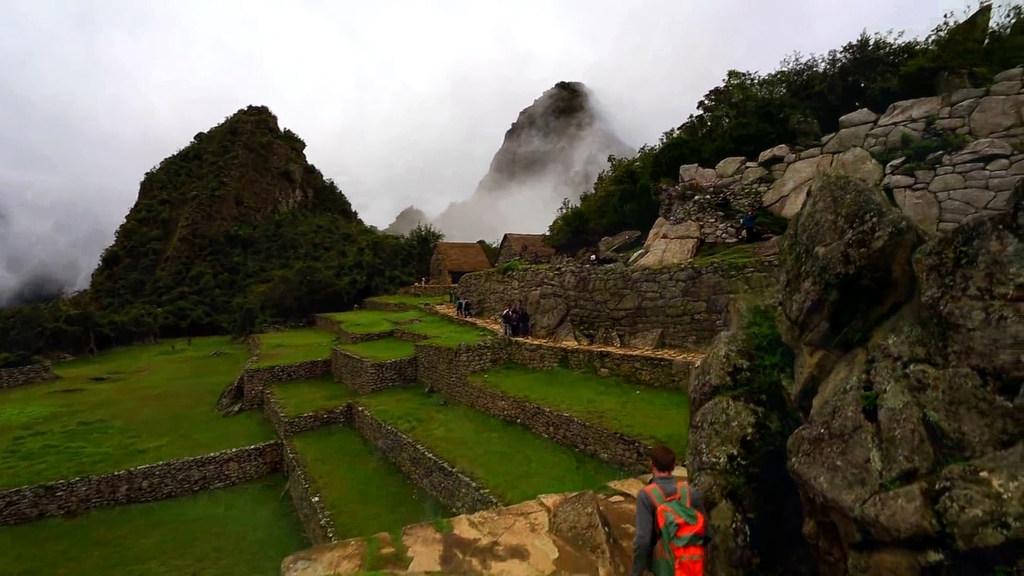
ASK any traveller returning from Peru about their trip highlights and no doubt Machu Picchu will be on the list.
Returning home wearing the obligatory brightly coloured chullo (those knitted Andean beanies with ear flaps and strings hanging on either side), freshly minted Peru travellers are typically filled with wonder and awe for mighty Machu Picchu.
But by now, every man and his llama knows about Machu Picchu.
If you haven’t been fortunate enough to see it with your own eyes then you’ve surely seen it on your mate’s social feeds.
Yet head to the less-visited north of Peru and you’ll find another lost city possessing astounding beauty, incredible scale and some seriously sinister secrets, with none of the crowds that come with visiting a place as popular as Machu Picchu.
WARRIORS OF THE CLOUDS
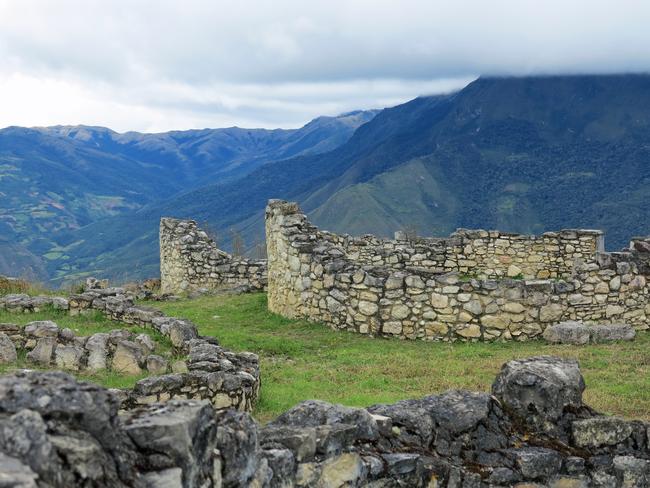
Perched 3,000 metres above sea level is the lost city of Kuelap in Peru’s north.
“Look inside. What do you see?” asks our local guide, Rigoberto.
It sounds like an innocent enough question but peering into the cracks of the ancient stone building reveals what looks like human bones.
Rigoberto explains that for centuries this site was left to ruin and thanks to its remote, isolated location, the buildings, artefacts and deceased residents were largely preserved until it was ‘rediscovered’ in the 1800s.
Today, there are many sinister reminders of what life was like at Kuelap.
While many mummies have been removed and placed in museums, human bones are still easily spotted while walking around the fortress.
And then there’s what’s been dubbed the ‘killing corridor’.
A wide opening that gradually narrows to the point where only one person can pass through at any given time, this stone corridor was used to deceive invading armies that would flow through with fury, then be led to certain death as the corridor narrows towards the end allowing the residents to pick off invaders one-by-one.
An ingenious way to control the flow of outsiders invading the fortress, our guide explains that many weapons were also found among bodies here, suggesting that much blood was spilt on Kuelap’s soil.
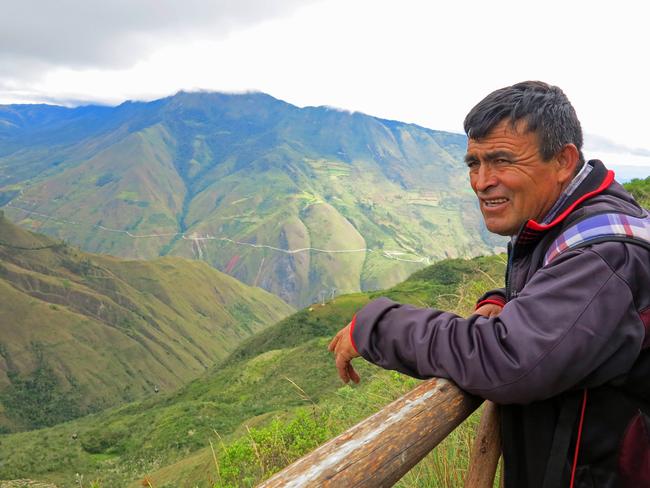
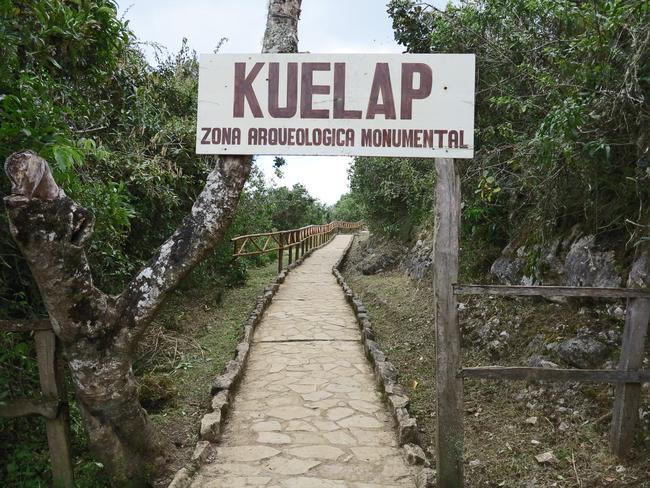
If that’s not creepy enough, our guide also explains that human sacrifices may have been performed on the site, with people perhaps being thrown into a pit of jaguars.
There’s no doubt about it, Kuelap is a death trap.
However, it’s an astoundingly beautiful death trap at that.
Surrounded by towering mountain passes covered in deep green foliage and valleys of patchwork farmland is a breathtaking sight, but the high altitude is also literally breathtaking, with the thin air making walking around the site a slow journey marked by lots of panting as we try to get more oxygen into our confused lungs.
Our guide is kind enough to let us stop to catch our breath as much as we need as he tells us a condensed version of Kuelap’s history.
Reportedly built in the 6th century, this crumbling settlement of more than 400 buildings belonged to the pre-Incan Chachapoya people, known as ‘Warriors of the Clouds’.
Thousands of people once lived here — farmers, warriors, shamans — until knockout blows from both the Incas and the Spanish conquest put an end to things in the 16th century.
Despite their best efforts to fortify their city and trap invaders with clever design tricks, the residents of Kuelap were ultimately beaten in the end.
THE SLEEPING GIANT AWAKENS
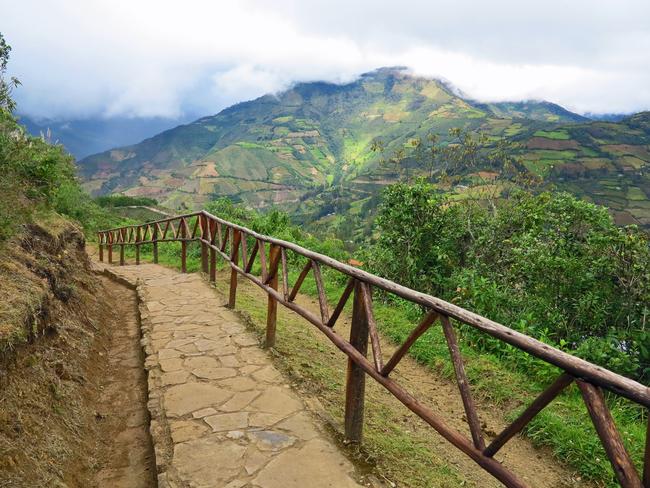
In a world where everyone’s looking for the next under-the-radar travel spot, this mysterious lost city is a sleeping giant.
Considered the Machu Picchu of the north, Kuelap has received plenty of attention from archaeologists and historians, but the waves of tourists are yet to come … for now.
Known to locals for centuries and officially ‘rediscovered’ by accident in 1843, it’s hard to believe that Kuelap doesn’t receive more visitors than it currently does.
On the day I visited there were but a handful of travellers at the site.
Whether this cloud fortress has officially won second prize in a beauty competition (with its southern cousin near Cusco taking line honours) or its remote location has sheltered it from the waves of mass tourism, Kuelap deserves more attention.
Unlike Machu Picchu, there’s no punishing multi-day hike needed to reach this crumbling city in the sky.
Nor are there busloads of tourists dropped off from sunrise to sunset.
Instead, this fortress hidden in the clouds is reached by a bumpy van ride along a dirt road from the city of Chachapoyas followed by a hair raising journey on Peru’s very first cable car.
Opened in early 2017, this brand new cable car system traverses the mountain passes with grace and ease — but for anyone with a fear of heights (guilty as charged) the cable car ride is a white knuckle affair.
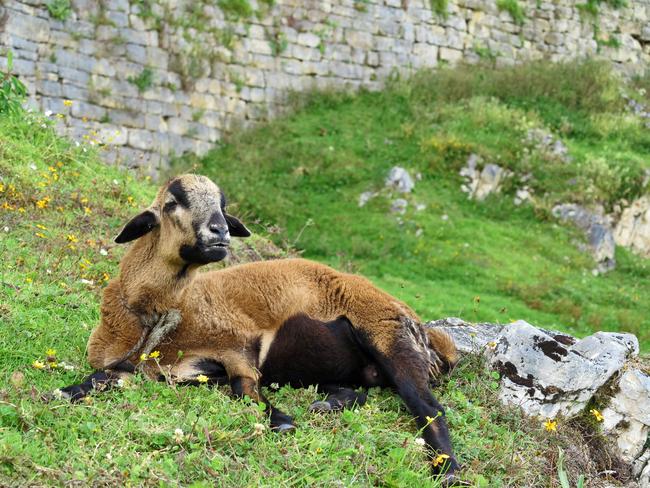
The wind whistles through the air vents of the cabin creating an ominous horror movie soundtrack as we dangle precariously over steep drops into ravines thousands of metres below.
Beyond the official ticket cost, a bout of vertigo is the true price you pay for entry to Kuelap these days.
Despite stories of bloodshed and human sacrifice, Kuelap is as peaceful as it gets.
Surrounded by deep valleys of farmland, wandering around the ruins reveals goats, llamas and locals selling warm toasted corn snacks called cancha.
Bumping into a few other visitors, I get the feeling that this special place Peru’s cloud people called home won’t stay like this for much longer.
The new cable car has made Kuelap easier to get to than ever before and with travellers hungering to see next best thing in travel, this place is primed for a comeback.
Having quietly survived centuries of war, invasion and isolation, this sleeping giant is set to experience some time in the limelight.

